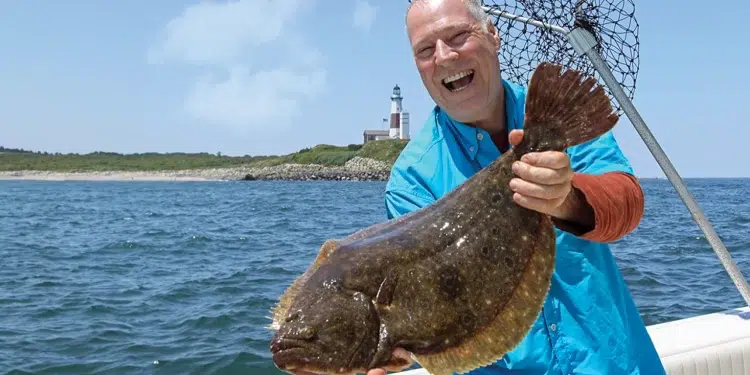Here’s some fishing report tips to help you make the most out of your trip.
Many beginning anglers have a love-hate relationship with fishing reports—and with good reason. On one hand, it’s exciting to read about fast action, and even a mention of slow fishing can help eliminate unproductive water from investigation on your next trip. Then again, some might question the accuracy of reports after heading out with visions of glorious scores only to meet with marginal success or, worse, a skunking. That’s why we cover the following fishing report tips; to make sure you get the best experience possible.
These reports hold the potential to provide plenty of useful information when mined thoroughly. But therein lies the trick—teasing out the data. Solid reports paint a clear, unambiguous snapshot of a fishing trip that leaves readers with a reasonable idea of what to expect when heading out on a similar theme. Consider the following fictional example:
“Billy Blue Beard had a half-dozen snook to 30 inches while fishing the start of the ebb on Friday morning. He used four-inch, white paddle-tail swimbaits cast to small docks about a half-mile from the inlet on the west side of the channel. A steady wind had pushed schools of small baitfish between the pilings where the predators went to work as the current stiffened.”
Subscribe Here For Regular Fishing Content
From this report you can really get a glimpse into the action. Put together several such leads, and you’ll be off to a great start. Unfortunately, few published accounts come this thorough, so you’ll generally need to mine the data across multiple reports to fill in some blanks. That might make for enjoyable reading, but then comes the hard part—seriously evaluating the information you gather. Take reported fish quantities, for example. They can be misleading while still being accurate, as in the following fictional statement:
“Billy and crew decked more than sixty scup on Sunday’s trip while using cut clam for bait.” Sounds great at first, but there really isn’t enough information here to make an accurate assessment. For starters, how many anglers were on board and how long did they fish? What was the ratio of keepers to shorts? If it was 50/50 and the boat carried six people, those fares averaged only five porgies each—and you can bet at least one sharpie out-caught the others.
Great fishing? Fantastic action? Headlines are supposed to turn heads. Don’t let them fog your vision when it comes to fishing reports. Ignore the hype and read between the lines looking for the number of keepers, locations, baits, lures, winds, water temperatures, and tides. These are the important factors that influence everyday scores.
In order of preference, I like fishing reports and tips from fishing acquaintances, skippers, and boaters coming off the water. They’ll generally prove to be relatively in-depth and flush with up-to-the-minute information. Weekly newspaper reports and even radio reports can be pretty good, too, especially when authors supplement secondhand reports with their own recent experiences.
Then there’s the digital realm, which can be more work intensive than you might expect. The problem here is many authors want the world to know they are catching but don’t want to share any information to help others score. That means you’ll likely need to scroll through lots of posts from different sources to confirm fishing trends you might suspect.
Research carefully, however, and you can often make sense of the bite even when each post offers scattered fragments of vital information. My most serious searches start with a close inspection of the photo background to see if I can tell what time of day the catch was made—a factor you can correlate with recent tides. Perhaps there’s a dock, house, or bridge in the background to further clue you into the productive area.
While the digital trend in fishing circles these days is to hide spots to the greatest degree possible, many posters can’t resist showing a sliver of their hunting grounds and that can be to your advantage. Not too long ago, a post from a local Facebook sharpie showed a close-up with nothing more than a hand holding a chunky largemouth bass over a foot-tall stump. I drilled a six-pounder there the next morning.
Here’s a site with fishing reports for almost every state. Reports aside, nothing beats local knowledge.
-by Tom Schlichter














